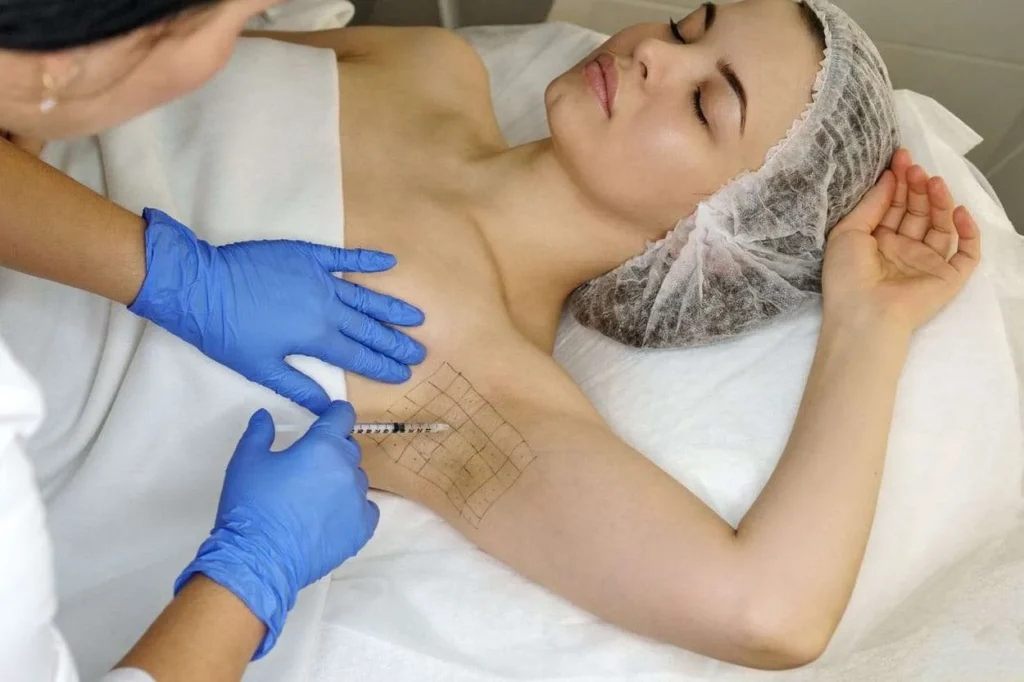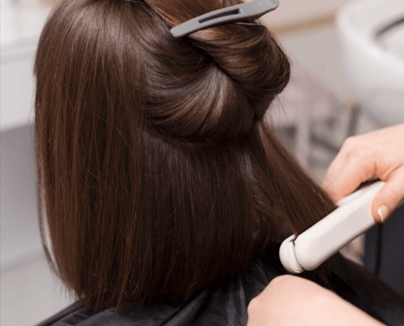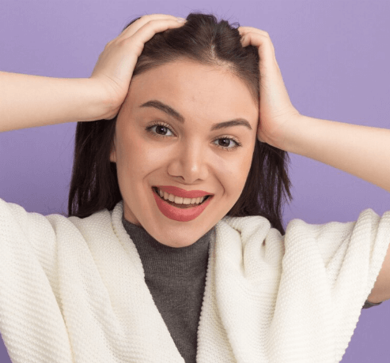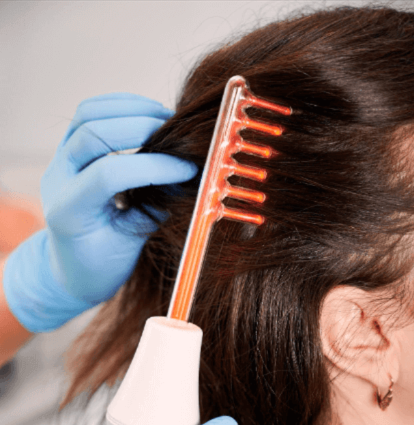Botox has become a game-changing solution for people suffering from hyperhidrosis, a condition characterized by excessive and uncontrollable sweating. While topical antiperspirants, oral medications, and even surgery are treatment options, Botox offers a safe, minimally invasive, and highly effective alternative. One of the most frequently asked questions is: “How long does Botox for hyperhidrosis last?” The answer varies based on several factors—including the treatment area, your body’s response, and the severity of your condition.
Here’s everything you need to know about the duration and effectiveness of Botox for hyperhidrosis:
Typical Duration of Botox Results by Treatment Area
1. Axillary Hyperhidrosis (Underarms)
- Average Duration: 6 to 12 months
- FDA-Approved: Yes
- Details: This is the most common area treated and also where results tend to last the longest. Many patients require only one treatment per year, though some may need a touch-up at 6 months.
2. Palmar Hyperhidrosis (Hands)
- Average Duration: 4 to 6 months
- Details: Botox is effective at reducing sweaty palms, but the high density of nerve endings may result in a slightly shorter duration compared to underarms. Maintenance may be needed twice a year.
3. Plantar Hyperhidrosis (Feet)
- Average Duration: 4 to 6 months
- Details: Similar to hands, feet have a complex nerve supply. While results are significant, they may not last as long and can vary by individual.
4. Craniofacial Hyperhidrosis (Face/Scalp)
- Average Duration: 3 to 6 months
- Details: Areas like the forehead or scalp are more sensitive and require careful dosing. While effective, repeat treatments are often needed every 4–6 months.
5. Inguinal/Groin Hyperhidrosis
- Average Duration: 4 to 6 months
- Details: Treated off-label, this area typically responds well, but touch-ups may be needed more frequently than axillary treatment.
What Affects How Long Botox Lasts for Hyperhidrosis?
1. Metabolism and Body Chemistry
Some people naturally metabolize Botox faster than others, which can lead to a shorter duration of effect.
2. Severity of Sweating
Those with severe or generalized hyperhidrosis may notice the effects wear off sooner or need higher/more frequent doses.
3. Area Treated
As noted, certain areas like the underarms tend to retain Botox longer than areas like the hands or feet due to differences in nerve density and sweat gland distribution.
4. Dosage Used
Higher doses may extend the duration of results. However, dosage must be carefully balanced for safety and to avoid side effects, especially in delicate areas like the hands and face.
5. Frequency of Treatment
Some studies suggest that with consistent use over time, Botox may offer longer-lasting relief as sweat gland activity may be reduced or “trained” to produce less sweat.
When Should You Schedule a Maintenance Treatment?
A good rule of thumb is to schedule a follow-up treatment when you notice sweating begins to return, but before it becomes as severe as before treatment. Many patients find success with a twice-yearly schedule, especially for hands, feet, or face.
Signs It’s Time for Another Botox Treatment
- Noticeable increase in sweating
- Clothing starting to show sweat marks again
- Odor or skin irritation returning
- Return of anxiety or social discomfort related to sweating
Is It Safe to Repeat Botox Treatments?
Yes. Botox is considered very safe for repeated use when administered by a qualified professional. There is no evidence of cumulative toxicity with long-term use, and the vast majority of patients tolerate multiple treatments well over many years.
Final Thoughts
Botox offers significant, lasting relief for individuals struggling with hyperhidrosis. While results vary, most patients enjoy months of dryness and renewed confidence with each treatment. Whether it’s your first session or you’re considering maintenance injections, understanding how long Botox lasts helps you plan your care—and your life—more comfortably.
For best results, consult a board-certified provider experienced in Botox for hyperhidrosis.




